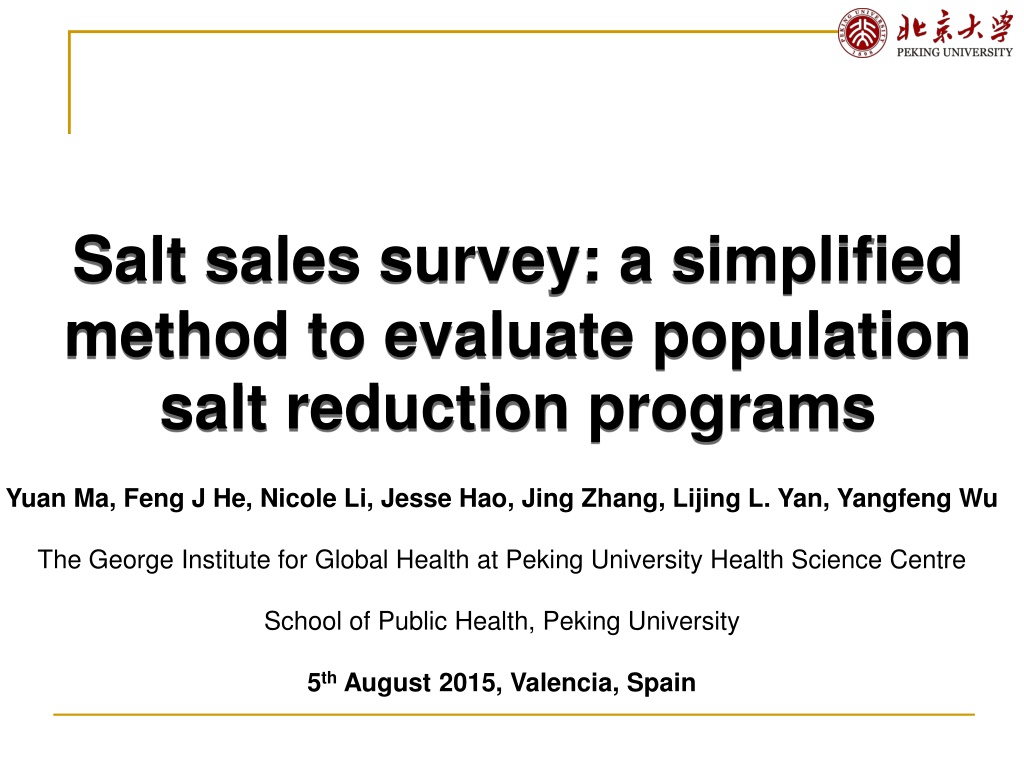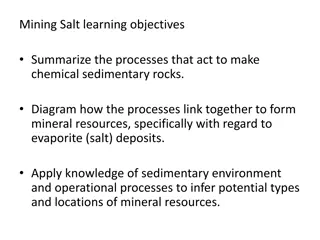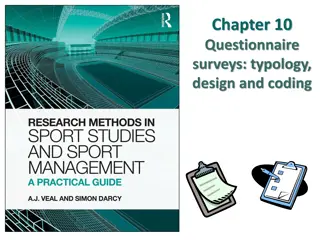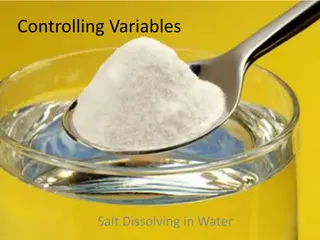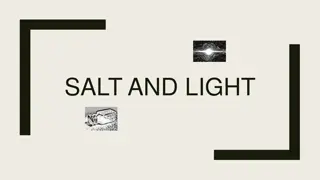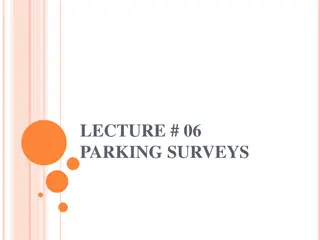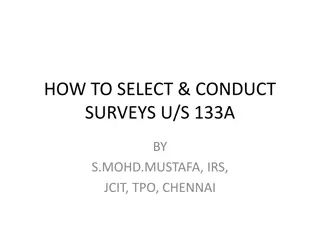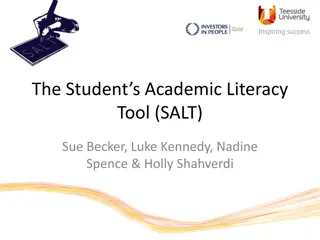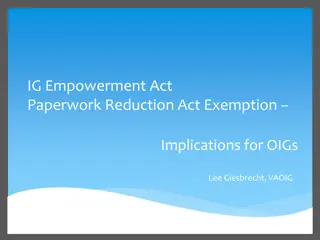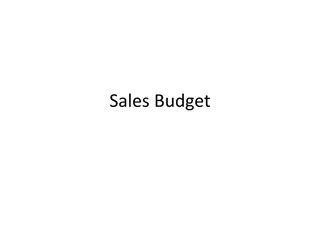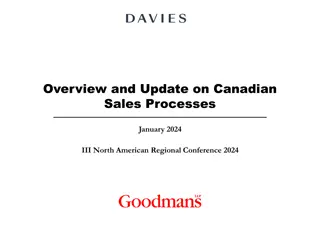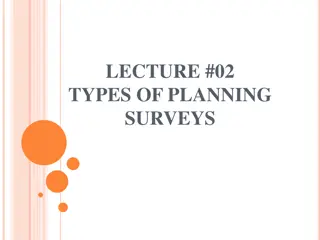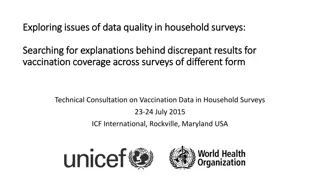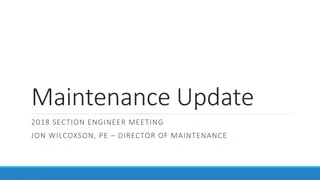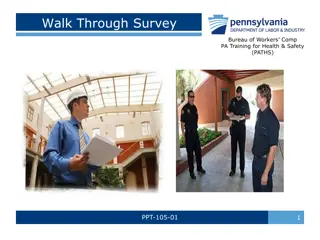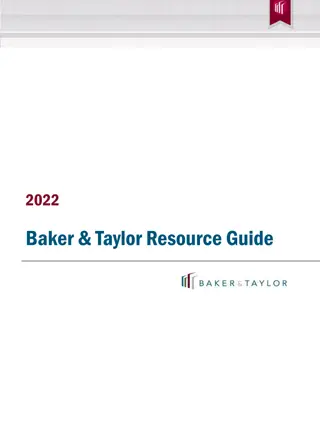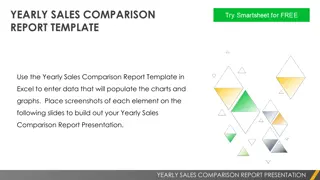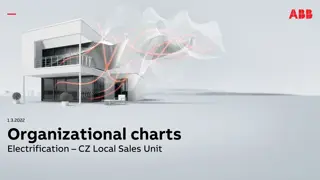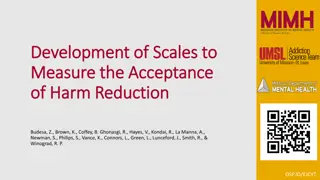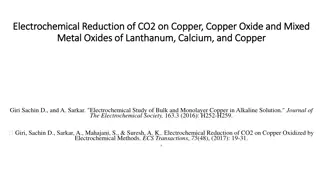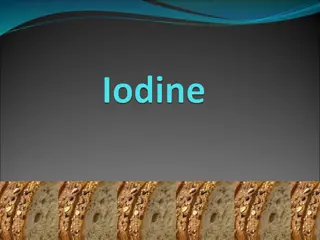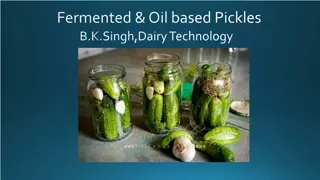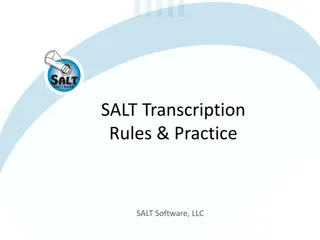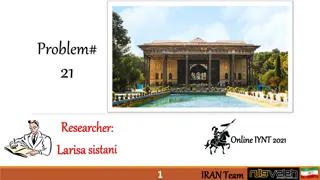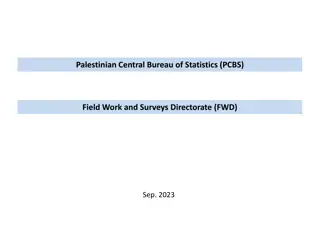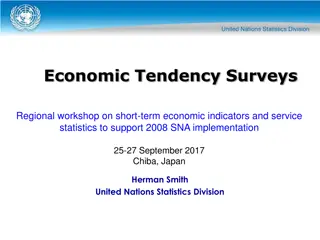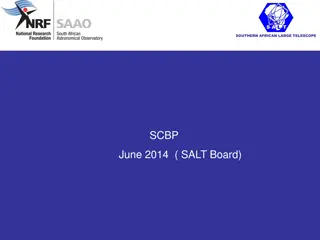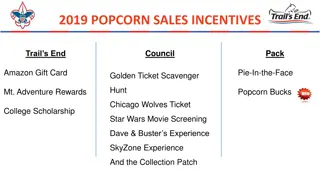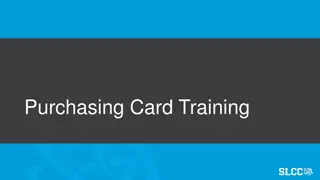Evaluating Salt Reduction Programs Through Sales Surveys
This study discusses the use of salt sales surveys as a simplified method to evaluate community-based salt reduction programs. It outlines the methodology, including randomization and data collection from shops in villages. The aim is to determine the effectiveness of these programs in reducing salt intake within the population. By analyzing salt sales data, researchers aim to assess the impact on salt consumption and potentially improve cardiovascular health in high-risk populations.
Download Presentation

Please find below an Image/Link to download the presentation.
The content on the website is provided AS IS for your information and personal use only. It may not be sold, licensed, or shared on other websites without obtaining consent from the author. Download presentation by click this link. If you encounter any issues during the download, it is possible that the publisher has removed the file from their server.
E N D
Presentation Transcript
Salt sales survey: a simplified method to evaluate population salt reduction programs Yuan Ma, Feng J He, Nicole Li, Jesse Hao, Jing Zhang, Lijing L. Yan, Yangfeng Wu The George Institute for Global Health at Peking University Health Science Centre School of Public Health, Peking University 5thAugust 2015, Valencia, Spain
Background Salt intake High blood pressure TOP risk factor of global disease burden in 2010 Cardiovascular disease (62% strokes ,49% CHD) Lim et al. Lancet 2012;380:2224
Background Salt intake in China one of the highest in the world ( 12-14g/d) 80% added by consumers More than 1 in 4 adults have hypertension 24h urine collection : accurate :High participant burden; costly; : : Completeness?
Aim To determine whether a salt sales survey could serve as a simplified method to evaluate community-based salt reduction programs
CRHI-SRS main study design 120 villages in 10 counties from 5 provinces Randomization Control(60villages) No intervention Intervention (60 villages) Randomization HE+PS (30 villages) Health Education Delivery of salt substitute Price Subsidy HE (30 villages) Health Education Delivery of salt substitute 2400 individuals collected one 24h urine collection at the end of the trial
Salt sales Survey HE Control (60 villages) PS+HE (30 villages) (30 villages) Random sampling Control 10 villages PS+HE 10 villages HE 10 villages 166 Shops invited 60 shops 50 shops 56 shops 1 refused to participate 1 did not sell salt 1 closed down 8 could not be reached 1 had no telephone 3 closed down 1 merged by another shop 5 could not be reached 2 refused to participate 2 closed down 12 could not be reached 129 shops recruited 40 shops 45 shops 44 shops An independent researcher called the shopkeepers monthly to collect salt sales data
Regular salt vs Salt Substitute MgSO4 25% Kcl 100% Nacl 0.25g Nacl (salt) 0.25g Kcl 1 g 1 g 65% Nacl Blood pressure Regular salt Salt substitute
Results The last PS The last HE 2.0 intervention intervention 1.8 Daily SS Sales Per shop (kg) 1.6 PS+HE 1.4 HE 1.2 Control 1.0 0.8 0.6 0.4 0.2 0.0 Jul Aug Sep Oct Nov Dec Jan Feb Mar Apr May Jun 2012 Salt substitute sales trend by group Jul 2013
Results SS sales 24h urinary K 1.6 60 1.4 50 1.2 SS Sales per shop (kg/day) K+ 40 (mmol/d) 1 0.8 30 0.6 20 0.4 10 0.2 0 0 PS+HE HE Control Salt substitute sales vs 24h urinary K
Results Salt substitute sales vs 24h urinary Na
Results Effect size Assessed by 24-hour Urine Estimated from SS sales (Intervention vs control) difference in sodium intake -7.0 mmol/d -8.0 mmol/d 114% difference in potassium intake 14.1 mmol/d 14.2 mmol/d 101%
Results 1.0 0.9 0.8 0.7 0.6 Power 0.5 0.4 0.3 SS sales survey for 24 times in all the shops in 30 villages 0.2 0.1 24h urine collection for 2400 individuals in 120 villages 0.0 0.5 0.6 0.7 0.8 0.9 1.1 1.2 1.3 1.4 1.5 1.6 1.7 1.8 1.9 Difference in salt intake(g/d) 1 2 Salt sales survey: RMB 57,000 ( $10,000 ) Cost 24h Urine collection : RMB 420,000 ( $70,000 )
Summary- Salt sales survey 1) SS sales: PS+HE>HE>control 24h urinary K:PS+HE>HE>control 24h urinary Na:PS+HE<HE<control 2) Intervention effect estimated from SS sales Potassium: 114% of that from 24h urine. Sodium: 110% of that from 24h urine 3) Larger statistical power 4) Lower cost
Limitations ? Salt intake level Suitable situation: Salt added by consumers is major source Population should be stable Community-based
Conclusion A salt sales survey could serve as a simple, sensitive and cost-effective method to evaluate community-based salt reduction programs where salt is mainly added by the consumers.
Acknowledgement Sponsors Partners The US NIH NHLBI The US CDC DHDSP United Health Group US CDC The Duke University The George Institute for Global Health, Australia China Medical University Jiaotong University Medical College Hebei Provincial CDC Ningxia Medical University Changzhi Medical University Participants
Thank you! Any Questions?
Timeline Price subsidy Delivery of Salt substitute Intervention Health education 24h urine collection Survey Monthly salt sales survey Sep 2012 Dec 2012 June 2013 July 2011 May 2011
PS+HE HE Control 3.00 2.80 2.60 Daily sales of Total salt kg/d/shop 2.40 2.20 2.00 1.80 1.60 1.40 1.20 1.00 0.80 0.60 0.40 0.20 0.00 Aug Sep Oct Nov Dec Jan Feb Mar Apr May Jun
